Hin Dueng Hin Mueng Liveaboard – MV Scuba Adventure
8th to 11th DECEMBER 2011
Lucrezia, Rene, Guido and Gianna who had completed the previous trip to the Similans on board MV Scuba Adventure were joined by Thomas from Switzerland and Richard from Holland for the Southern trip. With supplies loaded we headed to Maya Bay, Phi-Phi where we spent the night. With the briefings completed we had our first dive on Koh Bida Nai. Captain Pu dropped us on the wall area. Amongst the group were many photo enthusiasts, so we took our time looking for macro critters on the wall area. Visability was good, so the schools of fish slightly into the blue were seen.
After breakfast we dropped in 2 groups on Koh Bida Nok as we used the dinghy. Again, the wall area was the highlight of the dive again looking for the nudibranchs, shrimps, lobsters, morays and anything that was photogenic! The sloping reef area with the carpet of anemones was home for mantis shrimps, giant morays and a school of yellow stripped snappers. The dinghy picked up the divers and unfortunately Jack, a crew member, went for an unexpected swim when he tried to get Kath out of the water.
We then headed to Koh Haa for our third dive of the day at the Cathedral on Koh Ha Yai. We dropped in directly in front of the caves. We entered cave 2 and then swam through the connecting hole into cave 3. Looking through the hole is quite a sight as the remaining divers swam through. The light was incredible. Once in cave 3 the fun started with the photographers trying to get the silhouette shot in the cave entrance. Lucrezia was using her new camera and had some successful shots. In the swim through there was a beautiful nudibranch , which was the first of many on that dive. Going across the plateau through the whip coral garden and on to the boulder area with the beautiful soft corals was a pleasure. The night dive was on Koh Ha Yai with Robert and Kath. The other customers decided to relax with a beer. The night dive was very tranquil and many different types of crab were seen, but the highlight was an anemone crab that was sat on top of a coral formation. Lion fish were out hunting and a giant free swimming moray gave a performance for us.
Day 2 was the highlight of the trip. The first dive was on Hin Muang otherwise known as Purple Rock due to the abundance of purple soft coral. Here we were not looking primarily for macro as the bigger picture is magical. The atmosphere on this dive site is an experience. With hardly any current it was easy to navigate without too much effort. The hunters were out and you could feel the tension as they circled the smaller fish.
The second dive was on Hin Deang, otherwise known as “Red Rock” as there are many red soft corals. Thank you to Richard, who drew the dive site map. With the sloping reef area and the vertical walls this dive site has a variety of topography. Again, a great dive with trevellies, emperors, rainbow runners, tuna and barracuda. At the end of the dive a thermocline came in as Kath, Richard, Gianna and Guido were heading to the safety stop. Then through a wall of damsel fish and fusiliers came the big boy….A whale shark about 5m in length. Richard was off like a rocket and managed to get the magnificent creature on video. Needless to say that the third dive of the day was on Hin Deang. During the briefing “X” marked the spot on the map where the whale shark had been spotted. When we descended we swam over to the area and there it appeared. Whale sharks are directional and unlike manta’s do not swim in circles, so we only had a few moments with it, but when seeing something of this magnitude every second counts!!
The 4th dive of the day was a sunset dive on Koh Ha Neau. The current was very strong, so we were only able to swim around the rocks as it would have been endurance to get to the reef. Again we were on a mission to find macro. The boulders are covered in soft corals of different colours. This area also has many anemones that start to close at this time of day revealing their different colours including white, green, shades of blue and purple. At the end of the dive we swam up the chimney, which starts at 16m and finishes at 5m, an ideal place to do a safety stop. While we were waiting on the surface to be picked up by Captain Pu and the crew we saw a gorgeous sunset that was worthy of a photograph. Back on the boat we headed to Phi Phi and Tonsai Bay where we went ashore for a couple of hours to have a few drinks on the beach and watch a fire show.
Day 3 and we decided that we would dive the wall not far from Maya Bay. A relaxed, chilled dive with plenty of fish and corals. We had the pleasure of a turtle towards the end of the dive. He was quite happy having his photograph taken and even posed for us!!! The last dive of the trip was on Shark Point. Good visability and little current made this one to remember. There was a promise of a Sea Horse and thankfully, Kath found it. Again, the photographers were in their element as we were the only divers on the site. The whole dive was on pinnacle one as there was so much to see. This beautiful dive site has varied marine life, huge barrel sponges, gorgonion sea fans and lots of soft coral. The scenery it’s self is stunning.
Once again, we had a fantastic trip.
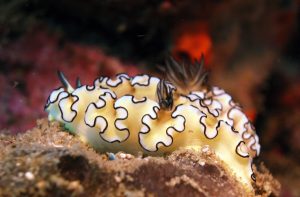
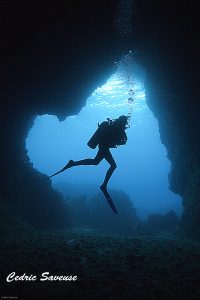
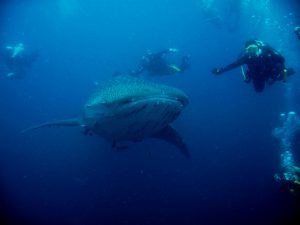
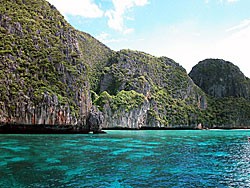
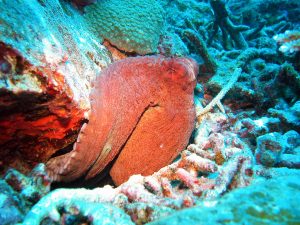
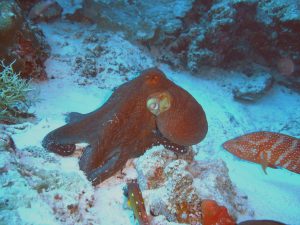
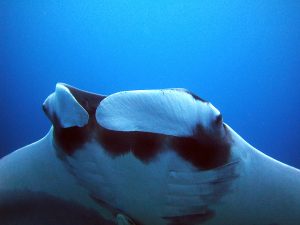
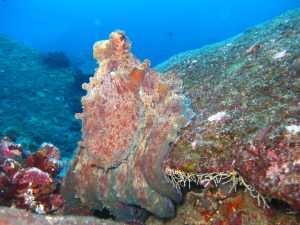
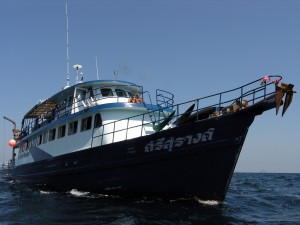
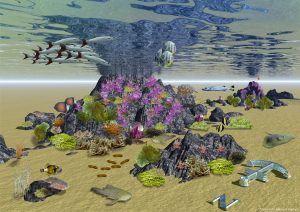
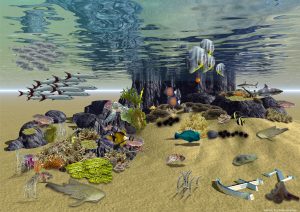
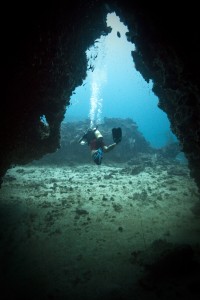
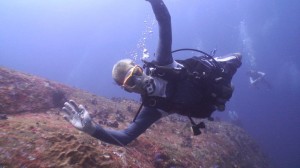
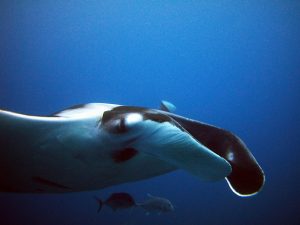
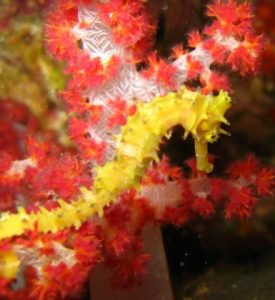
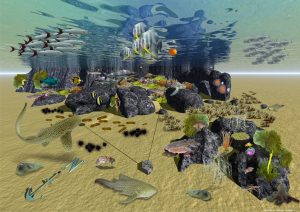
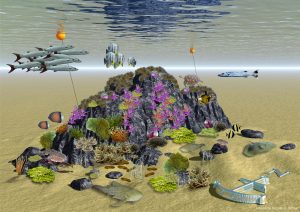
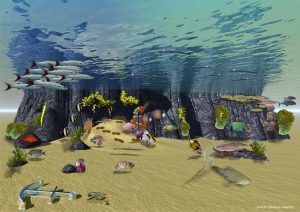





Scubacat Community